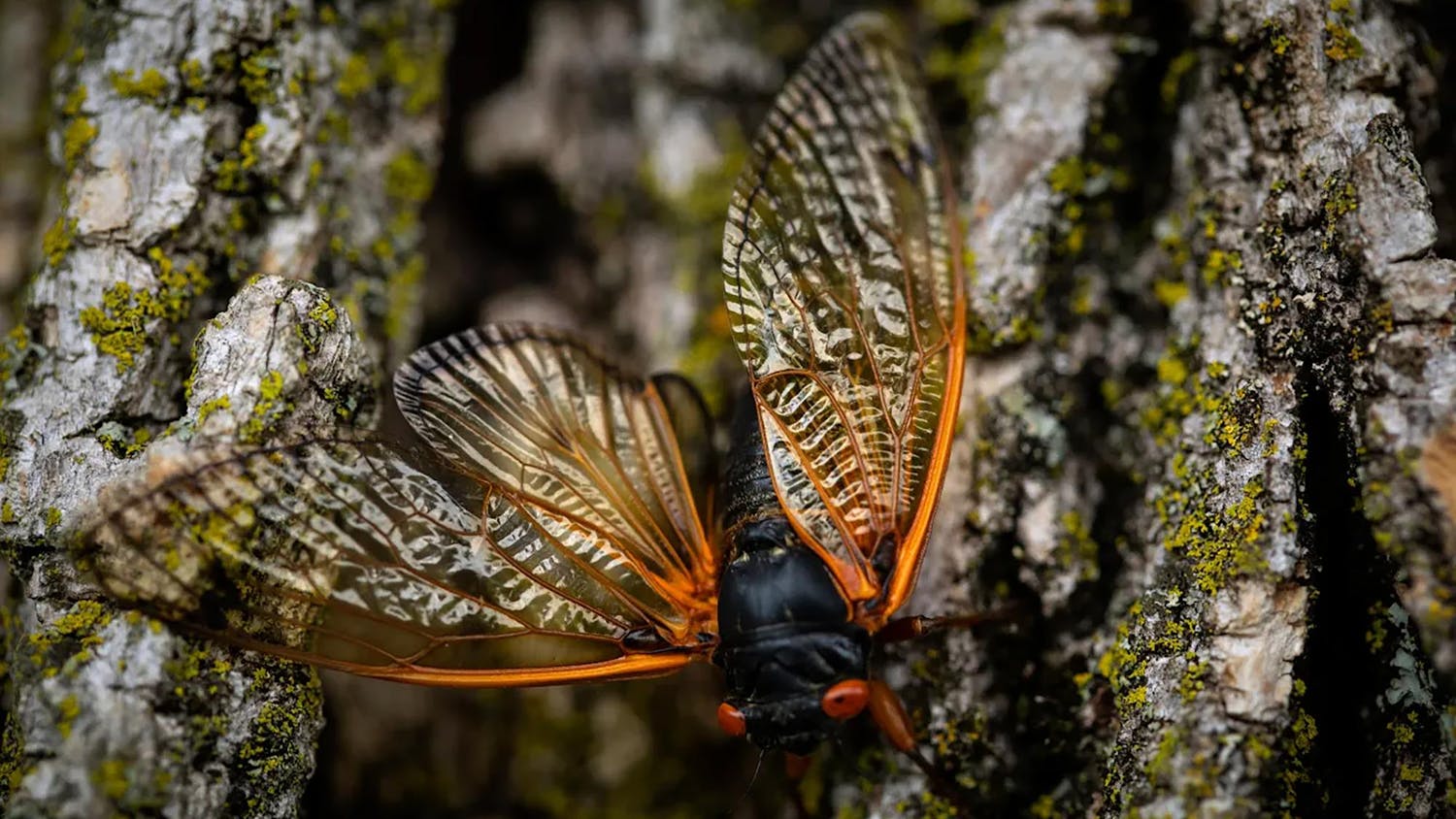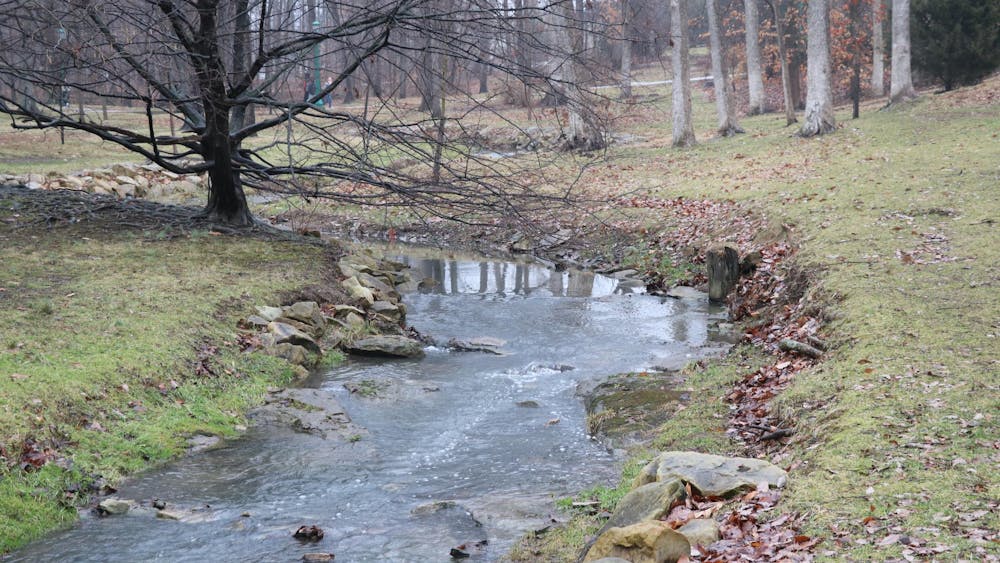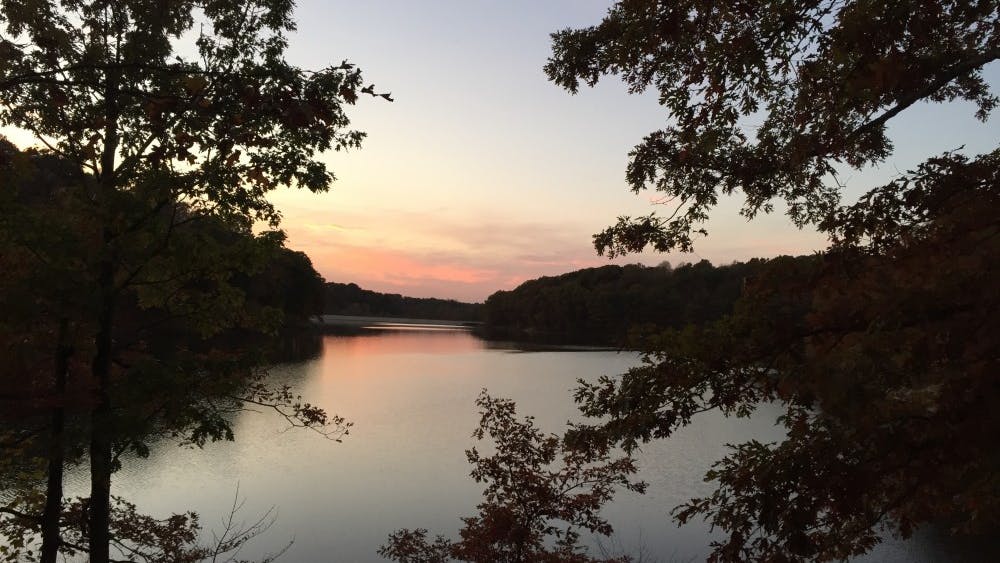If two members of Bloomington’s City Council get their way, sharpshooting hunters will start killing deer around Griffy Lake.
Council members Dave Rollo and Andy Ruff are in the process of drafting an ordinance to address deer overabundance at Griffy Lake Nature Preserve.
The ordinance permits the use of sharp shooting to control the situation. Experts, not members of the public, would be hunting the deer.
The Parks Board of Commissioners, which oversees the parks, would manage the deer cull along with the Parks and Recreation Department.
Both departments would determine the specific organizations that would be hired to sharp shoot. They are looking for individuals with knowledge of wildlife biology.
The deer population has adversely affected a number of plant and animal species, and threaten to severely harm Griffy’s ecosystem, Rollo said.
“The plants should rebound in number in diversity,” Rollo said. “It’s going to positively affect those organisms that have been adversely affected.”
Griffy Nature Preserve covers about 1,180 acres and has more than 565 terrestrial plant species, almost 100 small mammal species, almost 160 bird species and about 50 reptile and amphibian species, according to the 2008 Griffy Lake Preserve Master Plan.
People have removed the original apex predators at Griffy, like wolves and cougars, which used to keep the deer population in check.
When deer were reintroduced into Griffy in the 1930s, there were not enough natural predators to control their numbers, Rollo said.
“The American Veterinary Association says sharp shooting done by experts is a humane means of controlling deer populations, so we have to act as sort of an apex predator because the natural ones are gone,” Rollo said.
Rollo and Ruff determined sharp shooting as the best method because it is both effective and humane.
The Indiana Department of Natural Resources does not permit the use of contraceptives or a “trap and relocate” method to control deer populations, Rollo said.
Contraceptives are expensive and do not work in an open system because deer migrate out, Rollo said. He also pointed out that in “trap and relocate” situations, 60 percent of deer die from cardiomyopathy.
Rollo said the city will be able to determine the effects of the process early on if the ordinance is passed.
If the process is successful, wildlife teams will find an increase in the number of plant species and observe a number of indicator species through a variety of sampling methods.
Rollo is waiting to hear back from stakeholders about any language adjustments, but the finalized ordinance should be available to the public in a few weeks, he said.
Council members propose hunters cull Griffy deer
Get stories like this in your inbox
Subscribe





